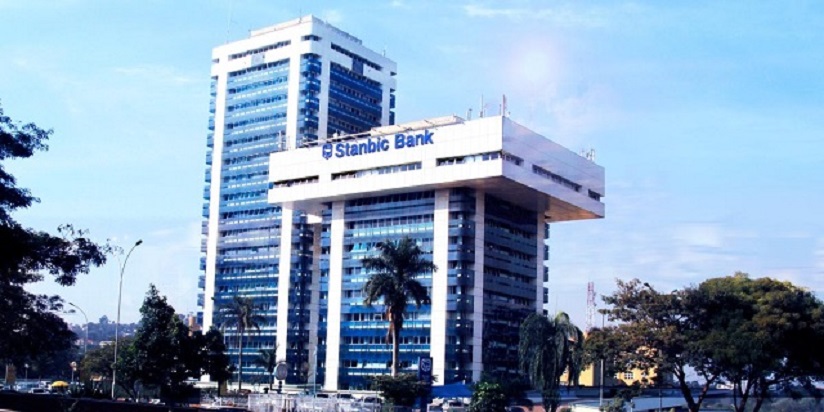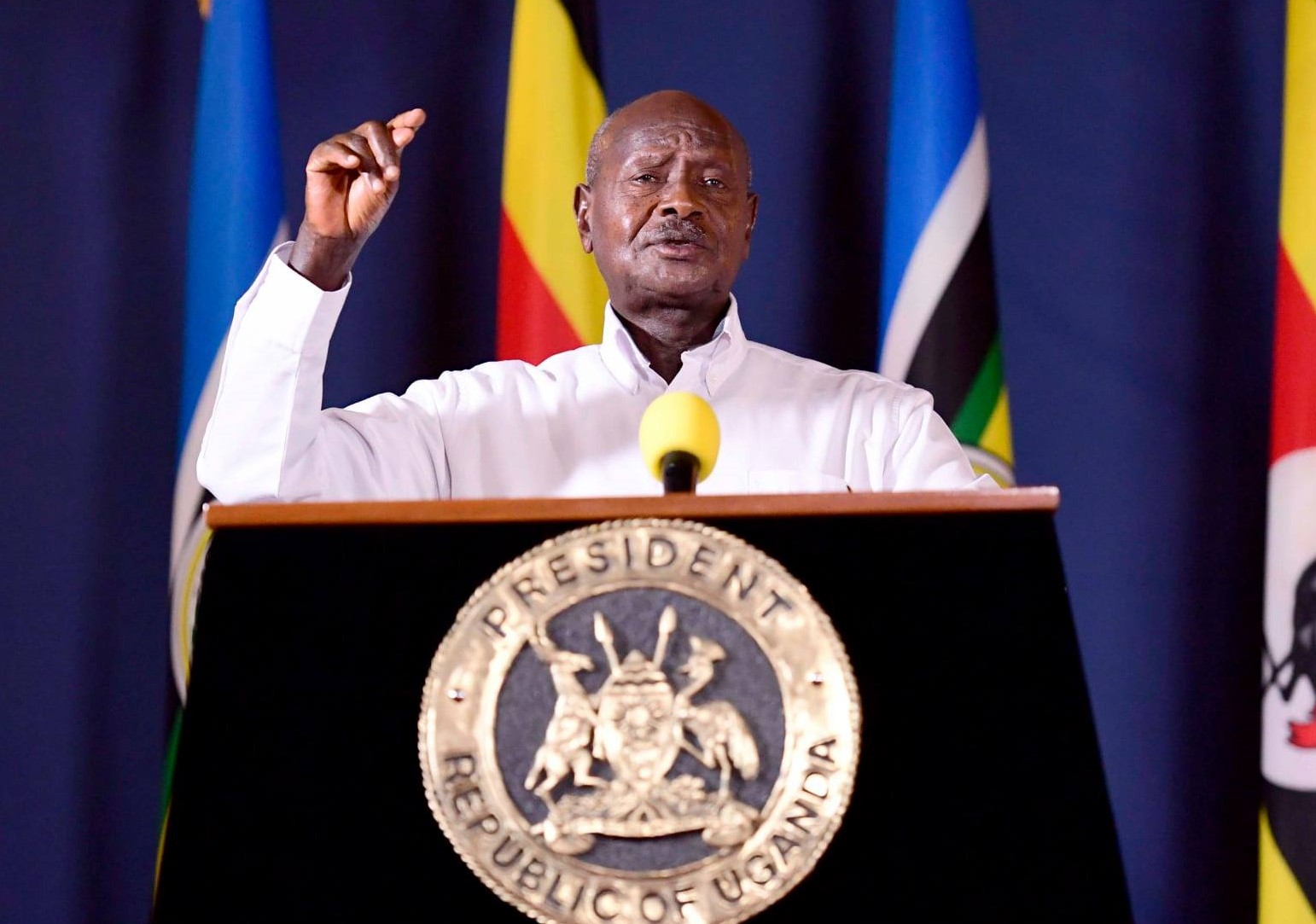The government is rallying commercial banks and other financial institutions to help it increase tax revenues by ensuring more people are taxed.
As the presentation of the 2022/23 national budget draws closer, the Uganda Revenue Authority figures show an uphill task if the agency is to meet its revenue targets for this year. At least 5.9 trillion Shillings is expected to be collected in the period April to June, the URA having registered a 1 trillion Shilling deficit by the end of the third quarter.
But even the annual target of 22 trillion would still bring the ratio of tax to GDP below that set out by the Domestic Revenue Mobilisation Strategy(DRMS), a five-year plan aimed at increasing local revenues and taming the rising debt. According to the strategy, tax revenues are supposed to be at least 18 per cent of the GDP by the end of 2023/2024, up from the 12.9 per cent registered at the beginning of the plan in 2019/2020.
Three years later, the ratio has increased by less than a percentage point and currently stands at 13.5 per cent, according to the Ministry of Finance, Planning and Economic Development. It should have hit at least 16 per cent by now, according to the Domestic Revenue Mobilisation Strategy.
The strategy provides for various measures mainly aimed at widening the tax base and plugging the revenue leakages, according to Acting Director, Economic Affairs at the Ministry, Moses Kaggwa.
The URA, the Ministry, the Bank of Uganda as well as the Uganda Bankers Association came together to find strategies for increasing the revenue collection levels in a dialogue aimed at interesting the banking industry in helping the government raise tax revenues. It was held under the theme; The Role of Financial Institutions in the Domestic Revenue Mobilisation Strategy.
During the dialogue, the Commissioner of Domestic Taxes, Sarah Chelangat, requested commercial banks to allow URA officials in banking halls to be part of the ‘relations session’ between the bank staff and the customer. She says this is because entrepreneurs, especially in the informal sector either do not want to or are unaware of their duty to pay URA taxes.
The big size of the informal economy, currently estimated at 51 per cent, undermines the efforts to acquire tax information on the number of taxpayers. Commercial banks on the other hand deal with informal sector players more freely, and the government wants to take advantage of this as one of the ways to get them.
Kaggwa, also agrees that informality is one of the challenges highlighted in the fight to increase domestic revenue collections, as the bigger share of the private sector is held by informal enterprises.
“Most of them exist outside the scope of the tax system and of regulatory frameworks. It is practical to tax complements to a business activity if it is difficult to tax the business itself and the banking sector has allowed the Government to be able to operationalize that,” he says.
According to him, there is a need to ensure that the implementation of business policies includes the sensitization of entrepreneurs on the advantages of formalizing.
He also urged for rapid digitalization of operations across all departments, which makes it easier to plug revenue leakages. He, however, called on the banks to prepare ways of contributing to measures aimed at taxing the digital economy because currently, most digital transactions are hard to tax under the current regimes worldwide.
“According to the political cost theory, as firms grow, they attract more scrutiny from the tax authority, and that should improve domestic revenue mobilization. The deepening of the banking sector allows firms access more credit, grow to become relatively larger firms and hence contribute more to tax revenue,” he said.
The banks were also challenged to interest themselves more in growing the rural areas, especially by supporting the agriculture sector, which they have long stayed away from.
The Uganda Bankers Association says that by December 2021, there were 19 million bank accounts belonging to Ugandans. The bankers, however, also had their own suggestions, especially on the need to increase production and trade to grow taxable businesses.
The Executive Secretary, Uganda Bankers Association, Wilbrod Owuor said the government should first concentrate on growing trade volumes and the size of the economy because then, there will be a bigger number of people easy to tax.
And the Chief Finance Officer at Stanbic Bank Uganda, Abraham Makutwa cited the trade opportunities that Ugandans have especially in the region, and the advantage of the regional agriculture market, among others.
The total amount of tax revenues from the banking sector was just over 958 billion shillings, having grown from 535.9 billion in the financial year 2016/17. At least 337 billion Shillings come in form of Pay-as-You Earn. “Irrespective of the adverse effects of the COVID-19 pandemic, the sector’s contribution to domestic tax revenues remained significantly high,” says Kaggwa.
Bank of Uganda Executive Director, Supervision, Twinemanzi Tumubweine expressed the need to increase tax revenue to answer the debt question. But he also says high borrowing rates by the government have an impact on the commercial back interest rates because the government will be forced to also borrow from the banks, increasing pressure on the demand.
-URN





